
Blog (en) (6)
DeepL Translator – Breakthrough in Machine Translation?
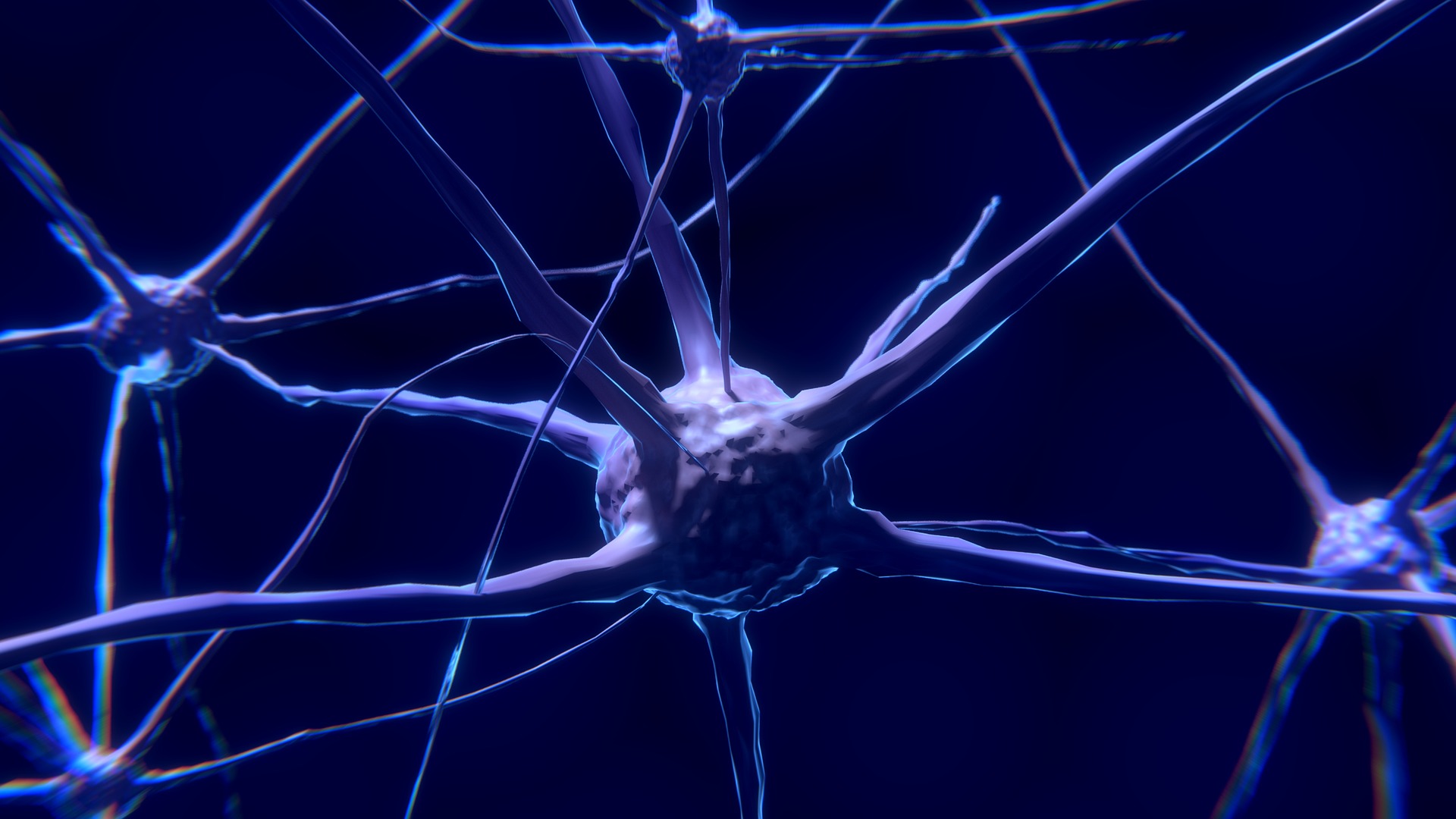
At the end of August DeepL Translator, a new online translator has been launched, which is expected to beat the greatest rival, Google Translate over time. It might seem to be a bold statement, as the translation services provided by the web giant are currently available in over 100 languages, while DeepL only supports translation between seven languages (English, German, French, Spanish, Italian, Dutch and Polish), in a total of 42 combinations. Development of new languages such as Mandarin, Japanese and Russian is in the process but there is no doubt that the new translator can no way compete with similar services already on the market, at least not in terms of the number of languages provided.
On the service itself, only limited information is available most of which is provided in the press information published on the deepl.com website. According to this, DeepL outperformed the competition in a blind test, making it “the world’s best translation machine”. Four online translators, DeepL Translator, Google Translate, Microsoft Translator, and Facebook were fed 100 sentences to translate from English into German, French and Spanish and from these three languages into English. Professional translators were then asked to assess the translations, without knowing which system delivered which target text. In fact, the new online translator achieved way better results than the competition: Translators preferred DeepL’s translations by a factor of 3:1 compared to the second contestant, Google Translate. It may sound surprising as most users still prefer Google Translate above all other online machine translation services as it is considered to be the most powerful and effective choice. Now, let’s take a closer look on the newest competitor.
DeepL Translator is the product of the German tech company, DeepL that is specialised in developing products and services based on artificial intelligence. If the company name still does not ring a bell, their former name may sound familiar: in 2017 the company changed its name from Linguee to better reflect their objective of creating neural network-based products. Linguee.com is a popular web-based dictionary and translator service launched by the company back in 2009. This will serve as the basis in the development process of DeepL Translator. Let’s see how.
DeepL Translator is based on the concept of artificial neural networks. This technology may be familiar to most readers, as it was introduced in the world of artificial intelligence in 2014. In the translation industry, it represents a new paradigm under the name neural machine translation (NMT). DeepL’s greatest competitor, Google has started to use this cutting edge technology in the translation engines of Google Translate in certain language pairs, and Microsoft has also incorporated NMT in their speech-based translation systems such as Skype Translator. The neural network technology is basically an artificial neural network that imitates the operation of human neural cells. These cells, and thus the neural network is capable of learning including deep learning just as human brain does.
Gereon Frahling, founder and CEO of DeepL, who by the way also used to work for Google stated that “by arranging the neurons and their connections differently, we have enabled our networks to map natural language more comprehensively than any other neural network to date.” According to the developers, the performance of a neural network highly depends on the quality of the material it trains on. The neural networks of DeepL Translator train on billions of high-quality translated sentences provided by the search engine Linguee which gives DeepL an unassailable advantage.
Linguee uses special web crawlers to search the Internet for bilingual texts including various European Union and patent documents translated by human professionals. It currently offers access to over 100 million multilingual websites and this number is continuously growing. The bilingual texts identified undergo automatic quality evaluation by a special algorithm and are stored on Linguee’s servers in bilingual form. The online platform allows the users to provide feedback and rate translations manually, thus further improving their quality.
The system of DeepL runs on the 23rd largest supercomputer of the world which was built in Iceland. The country was an ideal location to use renewable energy in a cost-effective way so that this computer allows DeepL to translate 1,000,000 words in under a second.
Journalists at the French newspaper Le Monde tested the newly introduced web translator that is claimed to be “three times more powerful” than Google Translate: DeepL was compared to other translation services provided by the servers of Google, Bing, Yandex and Baidu by having them translated various types of text including a poem by Emily Dickinson, a paragraph from the user manual of PlayStation 4, an archaeology-related newspaper article, a ministerial speech written in first person and a report on a sports match from English into French. Although the test was far from exhaustive, DeepL clearly outperformed the competitors in translating the poem, the newspaper article and the first-person speech. In most types of texts the results given by Yandex and Baidu were no way near to the quality of translation provided by the American giants and their German challenger. The testers concluded that the results demonstrate that the progress in online translation is real. However, it is always easy to trick an automatic translator, and even if the sentences are correctly translated, the reader can still sense the ‘coldness’ of the machine. The performance of online translation services is still far from that of human translators.
Sources:
8 Factors that Influence Translation Turnaround Times
When requesting a quote for translation, price is the most important factor for obvious reasons. However, the second most important factor is the deadline without doubt. In fact, the turnaround time of a project plays a key role, as clients usually organise their further administrative tasks with the translated text depending on the deadline given by the translation agency. Therefore in this post, we provide a list of the 8 most relevant factors that influence turnaround time, and the aspects that are typically considered when determining the exact turnaround time.
1. Volume of the source text
Probably the most obvious factor is the volume of the source text, since a few pages long medical report takes considerably less time to translate than the instructions for use of a medical device containing a hundred pages. However, the volume of a text is usually not defined by the quantity of pages but rather by the exact number of words contained in it. Therefore, texts of higher volumes (and higher word counts), are associated with longer turnaround times; thus, the greater the source text, the longer the period is that the translation requires.
2. Nature and complexity of the source text
Besides the volume of a text, the nature of the text and the level of difficulty/complexity are also important to consider. If a text is highly technical or specialised, the time for translation might take significantly longer as in this case, the project will most likely require in-depth research work from the translator. Translating a general text, a CV for instance, requires less time than rendering a patient information leaflet or a service contract into a given target language. Moreover, difficulty levels of texts may significantly vary, even within a certain field of expertise. For example, the translation of a rather general medical text on nutritional supplements is expected to be completed faster than a discharge summary or a study on negative pressure wound therapy of the same word count. Consequently, the more specialised a text is, the longer the translation turnaround time will be.
3. Format of the source text
The preparation time of files provided in editable (e.g. in Word) format is minimal; however, if a document is only available in PDF or other image formats such as JPG, translation turnaround time will be longer due to additional processing, preparing and post-editing. Similarly, if an editable Word or PowerPoint file contains non-editable images, pictures, or graphs that need be translated as well, the turnaround time will be extended by the time of editing. Therefore, the more complex the formatting is, the longer the preparation time will be, which, in turn, can prolong the turnaround time.
4. Quality of the source text
If the source text is hard to read or difficult to interpret, not only processing but also translation is encumbered. On the other hand, if the source text is easy to read and raises no problems of interpretation, the translation process will obviously run smoother. If, however, due to the poor quality of the source text, the client needs to be contacted during the translation, the pace of communication and answering questions that may arise can also influence the deadline. The situation is similar when the documents sent for translation were scanned in poor quality or at a low resolution. In such cases, the translation agency needs to ask for the client’s assistance to be able to read certain parts that are hardly legible or not legible at all. It may also occur that the source text to translate was not written by a native speaker or it had been translated from a third language. The subsequent quality issues may hinder accurate interpretation, hence translation turnaround times may expend proportionally.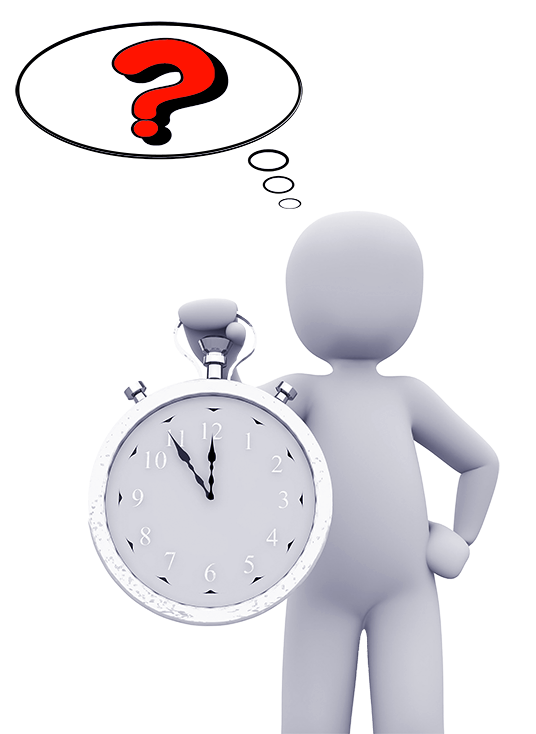
5. Language pair
It may sound surprising, but the language combination of a translation project is also one of the most important factors that influence the deadline. Every language is different but there are general characteristics that may play a part in determining turnaround times. For example translating between two European languages is usually faster than translating from a European language into Japanese or Chinese. Furthermore, when it comes to rare language pairs, the price goes up and turnaround times are expected to get longer as well.
6. Number of target languages
When determining a deadline, not only the language combination but also the number of target languages is a crucial factor. The more the target languages are, the longer the turnaround time of a translation project will be. Deadlines will also expand if a client requires a translation into not one but, for example, twenty different target languages. In this case, not only the translation but also project management and quality checks will obviously take much longer.
7. Are additional services needed?
Besides translation, additional services such as certified translation (i.e. a certificate of conformity provided by the translation agency is issued with the translation), technical or linguistic review, proofreading, editing, or DTP services may be needed. If a client chooses to order one or more of these complementary services, turnaround times will be inevitably longer compared the situation when translation is ordered alone.
8. Reference material available
If reference material is provided, such as previous translations, termbases or translation memories, it may speed up the translation process, thus the deadline will also be somewhat shorter. Moreover, depending on the quantity and nature of the reference material, the quality of the translation will better fulfil the client’s expectations since the required terminology can be followed throughout the project and special requests can also be implemented in the target text.
The above listed factors broadly illustrate that, in some cases, the determination of turnaround times for translation projects can be really complex. Now you know why.
10 Useful Translation Apps

If you need instant translation, and there is no time to ask for professional assistance, the use of dictionaries would be difficult and time-consuming, and last but not least you are looking for a cost-effective solution, translation applications are always great idea to use.
In this blog post, we have listed some mobile apps, most of which can come in handy when travelling abroad or having conversations with foreign people. Many of the apps can be used in offline mode as well which is essential if you don’t want to pay high roaming costs when travelling outside the EU.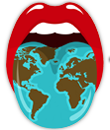 Translation with Speech
Translation with Speech
This app is practically a talking translator that instantly translates any typed or spoken text into any of 72 target languages, and it can also pronounce the translation for the user. In addition, it can be used as a database as it stores previous translations, thus allowing the user to prepare a set of sentences that they might need later, and play them back without the need for Internet connection or costly roaming services. The application can be downloaded to iPhone, Android and Windows Phone.
The application translates into more than 50 different languages, from text to speech and from speech to text, and the user can also listen the translations. The app is available for Android, iPhone and Windows Phone.
It is a real pocket translator which writes and speaks in 90 languages. iTranslate is not only a translator but a very helpful tool for language learners as it can be used as a dictionary, and we can also look up verb conjugations in different tenses. It translates from live speech to text and also available in offline mode. Other useful features include complete website translations into more than 40 languages, automatic speech recognition, transliteration of non-Latin characters, and different dialects. Furthermore, the user can choose a male or female voice, and even control the speed of speech.
This app allows the user to communicate with others instantly by using their voice. The app works in 2 simple steps: record, and review and translate. As a first step, the application records speech, then converts the user’s voice into text. As the next step, the user can check whether the transcription is correct, and if yes, the app prepares the translation and plays it for the user. It is a great choice for real-time multi-language conversations, especially when travelling. Vocre is currently available in 38 languages for iPhone and Android.
Google Translate is the most popular translation app by far, which currently supports a total of 103 different languages, can be used in offline mode in 52 languages, translates speech into 32 languages and also has a hand-writing recognition and a phrasebook feature. Google Translate is available for iPhone and Android in the form of a mobile app.
Word Lens (Google Translate): it appeared as a separate application back in 2010, and Google has bought the extremely popular Word Lens and integrated it into Google Translate in January 2015. The application uses the camera of your phone to create real-time translations: it translates real-world printed text, including street signs and consumer goods labels . At the same time, the programme is also an instant interpreting application as it translates texts and reads them out loud as well. The app can also be used in offline mode. Currently Word Lens is available in 29 languages.
Supports 79 languages, it translates text and voice. You can save and hear the translations, and the application also has a built-in dictionary. The greatest disadvantage of this app is that it cannot be used in offline mode, therefore it requires an internet connection.
This app is especially recommended for travels but it can be very useful for all conversations with foreigners. Instant Traductor actually uses Google Translate to perform the translations, due to which Internet connection is necessary. The app supports 81 languages and has a number of features: it translates text files, converts voice to text, translates texts on images with its built-in optical character recognition technology, allows audio-playback of the translations, which can also be sent via email.
This app was specifically designed for conversations with foreigners, so it works as an interpreter for dialogues with people. Conversation Translator supports more than 100 languages, so it is extremely useful for travelling, holidays and business trips. It translates words and phrases, voice and text, the user can hear the translation, and has built-in voice recognition. However, it has the disadvantage that it needs an Internet connection.
This application was designed for tourists. It does not only translate but also contains useful pre-translated phrases for the following situations: travel and holiday, food and accommodation, emergency situations, spoken interaction, and basics such as telling the time, week days, learning alphabet pronunciation and a list of numbers. The translation feature is currently available in 9 languages.
This app is only available for iPhone, iPod Touch and iPad. It is practically a pocket interpreter as it prepares real-time translations, you just have to speak into the microphone of your device and the app instantly translates from your voice. Speech voices and the speed of voice can be customised, and the app understands specific dialects of numerous languages.
How to Keep the Original Layout and Formatting of a Text during Translation
When you need a translation, one of the first things that comes to your mind is the question “Is it possible to keep the layout and formatting of my text during the translation?”. The quick answer is definitely yes but let’s look at this in more detail.
In every project, one of a translation provider’s most important goals is to keep the layout and formatting of the original source language document and deliver the translated document with the practically exact same layout and formatting in order to make sure that each part of the document is clearly identifiable. Therefore, LinguaMED Translation Agency offers the delivery of edited target documents as part of its value-added services.
Editable files vs non-editable files
Keeping the original layout and formatting is relatively easy in the case of editable files (e.g. MS Word, Excel, PowerPoint, etc.), while non-editable files (e.g. PDF or image files) require special software programmes and further meticulous work. In addition, there are differences between the various types of non-editable files: in most cases, converting and post-editing a photographed certificate that also contains handwritten text usually takes longer than the same process for a one-page PDF document.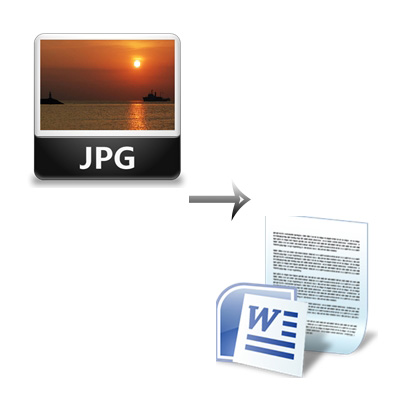
How non-editable files are processed?
When we receive files in non-editable formats, we always use special optical character recognition (or OCR) software programmes to scan and convert the files into editable file format. OCR software programmes allow us to maintain the structure, the layout and the appearance of the original document as accurately as possible. This means that our clients will receive the translated file with the equivalent textual content, images, tables and graphs as the original file. However, it is important to stress out that the files converted, edited and usually delivered in MS Word format are not ready-to-print files, thus they are not suitable for printing purposes.
Turnaround times
There is one more important aspect that is worth considering when working with non-editable files: the time factor. Processing and preparing of non-editable files require more time than regular editable files due to which translation turnaround times may become somewhat longer. It is hard to tell the exact time the process requires as every project is different: it can only include a single PDF file of a few pages, or several hundreds of pages of scanned files provided in JPG format. The amount of extra working hours will depend on the volume, the complexity of the pages and the format in which the source files are provided.
What happens during the translation phase?
Non-editable files do not pose any problem during the translation process as the most advanced CAT (Computer-Assisted Translation) tools are able to perfectly keep the formatting of documents processed and imported by them during the export process as well. As a result, translated and exported documents usually require only minimal post-editing.
Needless to say that in the case of documents received in editable file formats, we also keep all of the formatting instead of delivering a plain, unformatted text to our clients.
Both in the case of editable and non-editable documents, the challenge lies in cases when the text of the target language document is longer than the source language text, and we have to insert this longer text into a fixed form, like in the case of PowerPoint presentations. Here, at LinguaMED, we can overcome this challenge to deliver fully edited PowerPoint presentations to our clients.
Certified translations
Accurate formatting is one of our main focuses in every translation project but when it comes to certified translations, it is even more important to follow the original layout and keep the formatting. Certified translations are bound together with the original source text (or its copy) and the translation certificate, therefore each part of the original document including titles and paragraphs has to be clearly identifiable in its translated counterpart.
Evolvement of file processing
The processing of non-editable files improved considerably in the last couple of years due to innovative technological solutions. However, it is not possible at present to automate the whole file preparation phase even with the most advanced OCR software programmes, human editors are still needed to guide the software properly. We take this phase very seriously because the software makes mistakes that need to be corrected manually during the preparation phase.
The First Disney Animation in Tahitian Language is Coming Soon
Many children and adults are probably looking forward to the new Disney animated film, Moana, which is to be released with the title Vaiana in certain European countries due to copyright reasons. Tahitian children, however, have one extra reason to be excited: this will be the first Disney animation ever that they will be able to watch in their mother tongue, as well.
The 56th theatrical animated feature film of Walt Disney Animation Studios is directed by Ron Clements and John Musker (The Little Mermaid, The Princess and the Frog, Aladdin), and has been released at Thanksgiving in the US and will premiere in December in most European countries.
The animated film is noteworthy in several respects: its soundtrack is composed by Lin-Manuel Miranda, who won 11 Tony Awards for the Broadway musical Hamilton; its main character is Disney’s first Polynesian princess, who is dubbed by 15-year-old Hawaiian-born Auli'i Cravalho. Producer Osnat Shurer has said that the idea of translating the film originates from Hinano Murphy. When the crew visited the country five years ago, Hinano Murphy, Director of the Te Pu Atiti‘a Foundation and her husband, Frank Murphy, botanist with UC Berkley, Gump Station participated in the film-making process as experts and local cultural and biocultural advisors. This is when Hinano asked the producers to create a Tahitian language version of the animation. According to her, this is an endangered language, so new methods are needed to keep it alive. A Tahitian-speaking animation film may be an excellent tool for this, and will hopefully be used as teaching material in the decades to come.
As the casting process has just begun, and the recording process will take place in the months afterwards, Tahitians will have to wait if they want to watch the adventures of the Polynesian girl in their mother tongue. Until then, they can watch the French version, entitled Vaiana: La Légende du Bout du Monde (Vaiana: The Legend from the End of the World), which was released on 30th November in their country.
 By the way, it is interesting to note that the latter version has provoked debates among French Polynesians. After the release of the trailer, it turned out that Polynesian voices are absent from the French dubbing of the film, despite the fact that in the original English version, the two main characters, Moana and Maui are dubbed by Hawaiian Auli’i Cavalho and Dwayne Johnson whose mother is of Samoan origin. Outraged Disney fans expressed their fury on social media sites; moreover: they have even launched a petition in which they demand that Disney choose a Polynesian actor for the roles of Moana (Vaiana in the French version) and Maui, just like in the original English version of the film. As French Polynesia is the oversees territory of France, it would not be hard to find French-speaking Polynesians for the personification of at least the two main characters. Two well-known Polynesian celebrities, actor and screenwriter Yves Edouard Malakai and singer and music producer Ken Carlter have already made their own versions of the dubbing of the trailer.
By the way, it is interesting to note that the latter version has provoked debates among French Polynesians. After the release of the trailer, it turned out that Polynesian voices are absent from the French dubbing of the film, despite the fact that in the original English version, the two main characters, Moana and Maui are dubbed by Hawaiian Auli’i Cavalho and Dwayne Johnson whose mother is of Samoan origin. Outraged Disney fans expressed their fury on social media sites; moreover: they have even launched a petition in which they demand that Disney choose a Polynesian actor for the roles of Moana (Vaiana in the French version) and Maui, just like in the original English version of the film. As French Polynesia is the oversees territory of France, it would not be hard to find French-speaking Polynesians for the personification of at least the two main characters. Two well-known Polynesian celebrities, actor and screenwriter Yves Edouard Malakai and singer and music producer Ken Carlter have already made their own versions of the dubbing of the trailer.
Considering the strong cultural ties France has with the region and the fact that Disney values the depiction of diversity and inclusion highly, we can only hope that the Polynesian audience’s demand will be taken into consideration while making the final French version.
Sources:
What is DTP and when is it necessary?
DTP stands for “desktop-publishing”. It means the computer software-assisted editing and preparation of materials intended for reproduction via printing. These materials can include various leaflets and brochures, Patient Information Leaflets, IFUs and DFUs, and even books or booklets.
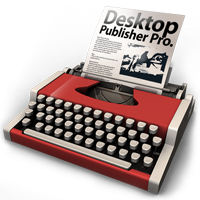 Because these projects require printing press quality materials, in many cases the job of the translation agency ends with the translation and/or proof-reading. However, because this job requires special training not always available at all clients in-house, LinguaMED offers desktop-publishing as an additional service.
Because these projects require printing press quality materials, in many cases the job of the translation agency ends with the translation and/or proof-reading. However, because this job requires special training not always available at all clients in-house, LinguaMED offers desktop-publishing as an additional service.
Upon submission of the original PDF document, we can provide you with a price estimate; however, submission of source files (prepared with programs such as QuarkXPress or InDesign), original graphic files, fonts, logos and diagrams is absolutely required for us to furnish the exact final price quote and complete the translation process.
Before translation and proof-reading, the text content of the source file is imported into the appropriate CAT (Computer-Assisted Translation) software. This is followed by completing the translation, and then reinserting the translated text content into the source document. This is where the actual DTP work phase begins. Our graphic designers perform the required editing work, and the material thus prepared is then returned to the client in a format that is in all ways identical to that of the original document. Depending on the client’s feedback and needs, the document can be still be modified later if necessary. Before printing the final PDF document, it is always recommended to include an additional proof-reading phase, i.e. a final check of the text. If needed, LinguaMED also offers proof-reading services: the translation is proof-read in the finalised PDF format, with special attention paid to pagination, punctuation and style. This is followed by approval by the client, after which the final document can be sent to press. Just like the package we originally received, the finished material is returned to the client in electronic form as a complete package that includes all the necessary files.
DTP processing charges are usually calculated on an hourly basis depending on the volume of the editing work. When submitting an estimate we do our very best to accurately calculate the number of required working hours, however, the final accounting is based on the number of actual work hours, which might be less than or exceed the original estimate. Deadlines depend on a number of factors such as the number of pages, words and graphical files (pictures), the degree of difficulty of the source text, the target language, etc. Our Clients always receive a personalised and customised quote that takes into account all of these parameters.
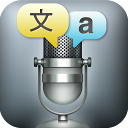 Voice Translator
Voice Translator Vocre
Vocre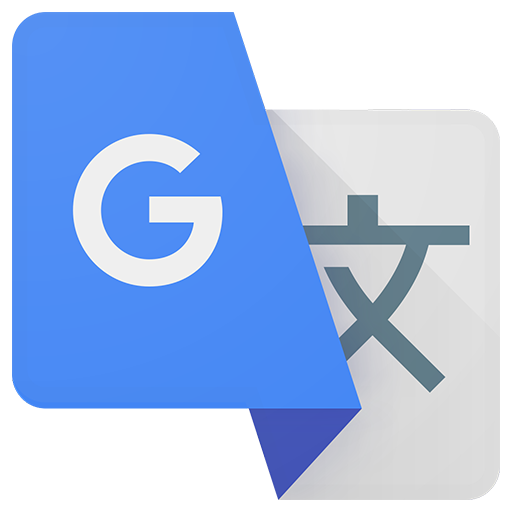 Google Translate
Google Translate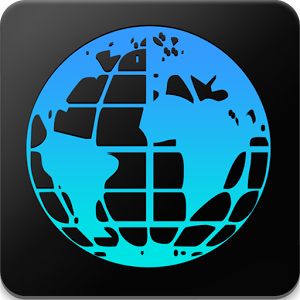 Easy Language Translator
Easy Language Translator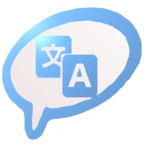 Instant Traductor
Instant Traductor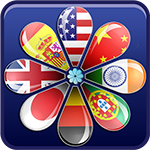 Conversation Translator
Conversation Translator Tourist Language learn &speak
Tourist Language learn &speak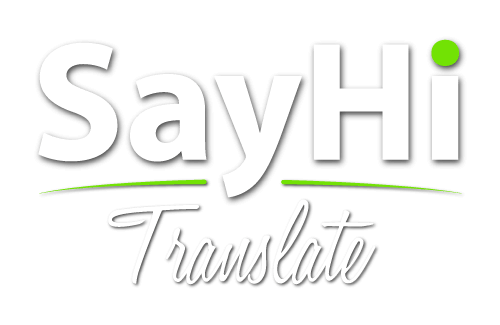 SayHi Translate
SayHi Translate